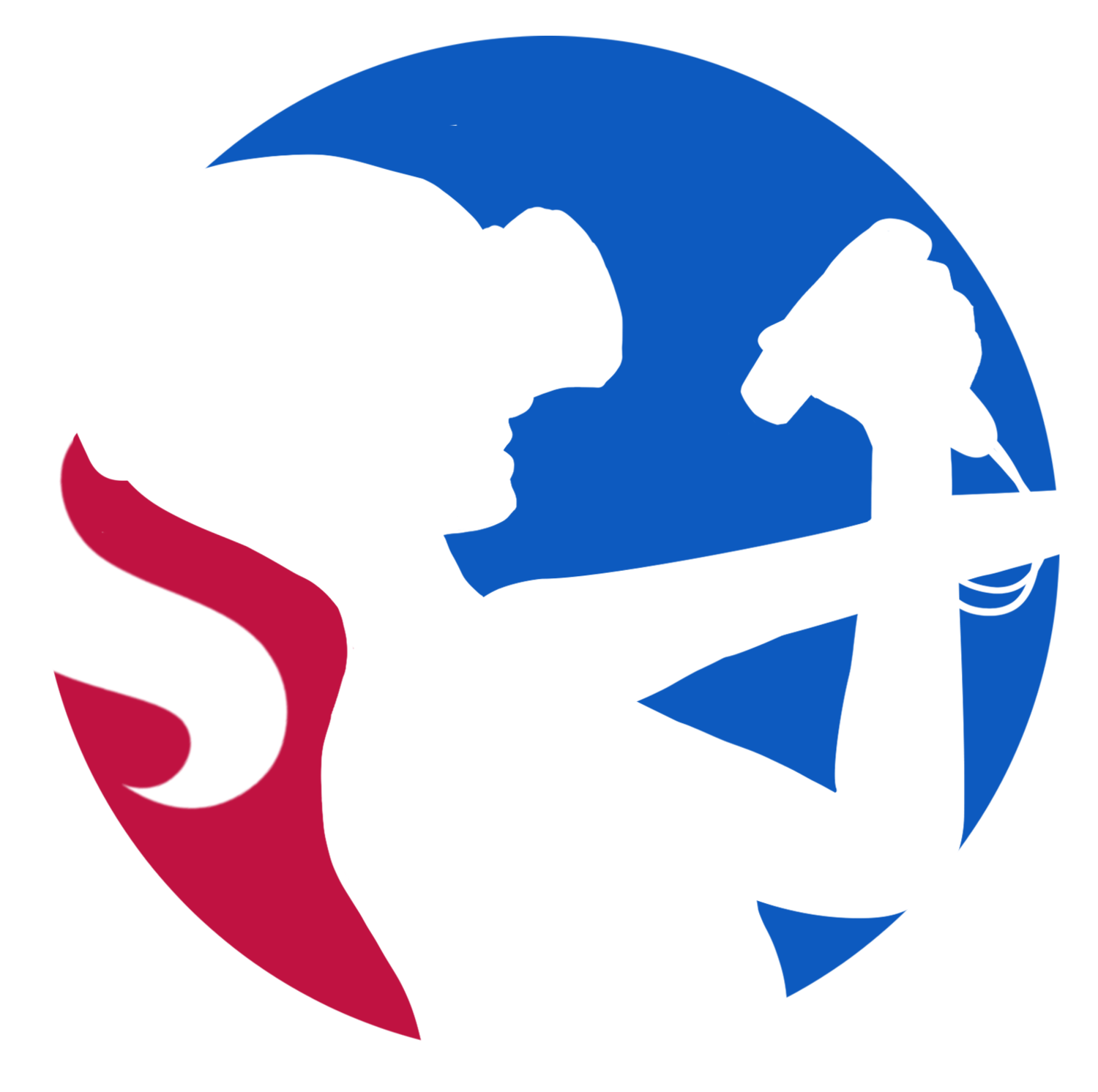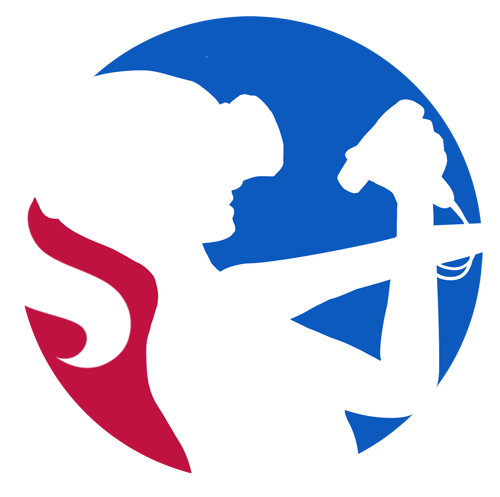
FAQs
+ How does this work? Where do I start?
Rhythm League is an upcoming esports show celebrating the emerging frontier of Virtual Reality Rhythm Games. We are starting with a single Season 0 pilot, where the finalist’s prerecorded performances will be aired with live commentary from a host and casters. Submissions are “by the event”, so you will want to start by picking which event(s) you are interested in, and then choose which game you would like to use for those events. You will need to review a number of pages to get the info you need. We recommend newcomers start by checking out events, games, this FAQ, and the rules. Once you have carefully read everything, you are welcome to ask questions on our discord.
+ What games can I play?
Rhythm League supports all Virtual Reality Rhythm Games (VRRGs) - which we define as any VR game experience that mixes music with movement. For a list of recommended VRRG’s, check out our ever-expanding games list here.
+ What is the Season 0 schedule?
Applications have been reopened until December 20th 2021.
Live show on Twitch scheduled for January 12th 2022.
+ What songs can I play?
Your submission must use a song that Rhythm League has licensed for the show. Check out your options here.
+ Can I use music that isn't specifically approved for Rhythm League?
No.
+ Can I use Boombox music in a different game?
No.
+ Can I edit my submission?
No, it must be a single continuous take. You are allowed to re-record as many times as you like until you get it right.
+ Can I edit the approved music?
Music may be shortened with fades and cuts, but no remixing is permitted.
+ Are there time limitations?
Final performances for most events are subject to time limitations which will be announced in the future (approx 2-4 minutes). There are no time limitations for applications. Shortening songs with trimming/fading is encouraged. Note that some events like Technical will only be shown as highlights in the live show.
+ Does my application have to follow all the rules?
No, but rule compliance is a factor we evaluate when picking finalists. That means you should follow the rules as much as possible, but don’t let them stop you from submitting. Example: suppose you want to compete in Martial Arts but won’t have your mixed reality rig set up before the deadline. You can submit with an Avatar and tell us in your submission notes that you’ll be ready to do mixed reality for the finals.
A final version of the rules will be announced along with the finalists. All finalists must fully comply with those rules.
+ Are avatars allowed?
Yes, but only in the Avatar event category.
+ Are mods allowed?
Some of them are. You can find a complete list of permitted and banned mods on your game’s page. If you don’t see your mod (or game), please reach out to us on our Discord to request an evaluation.
+ What camera angles can I use?
Dance, Martial Arts, Group, and Avatar use third-person view with a stationary camera.
Technical and Art Map use first-person view.
+ What lighting and environmental effects should I use?
For the application submission period, lighting and other environment modifiers will not be a factor. (This does not apply to the Art Map category.) We advise against them and prefer a clean performance recording for the purposes of application review. Simple backgrounds and default lighting effects that allow judges to focus on your performance are encouraged.
+ What about in-game scoring and Heads Up Display (HUDs)? (updated 5.22.21)
For all events except Art Map, a simple in game HUD showing your score is required during gameplay. You are welcome to HUDs settings and mods you are most comfortable with. Your final game score must also be displayed at the end of your submission. Specific settings requirements for HUDs will be provided to finalists.
+ Are there any other settings requirements I need to comply with?
For the application submission period, all in-game settings are allowed (including no-fail, reduce debris, etc) unless they conflict with event or game specific rules. Specific settings requirements on HUDs, camera angles, etc, will be provided to finalists.
+ Can I apply with a video I already recorded/posted?
Yes. But if you’re accepted as a finalist, you will have to record a new submission that is fully compliant with our rules.
+ How will I be scored?
Your performance will be evaluated by an independent and diverse expert judge panel. Though the show is live, judges will watch the performances well in advance so they have plenty of time to deliberate and score you accurately.
We use a relative ranked scoring system - meaning you’ll get points in various categories based on how well you did relative to other competitors in the event. This allows robust competition across games and difficulty levels.
The scoring process depends on the event. Some emphasize technical excellence, others emphasize style or a combination of both.
+ How does relative ranked scoring work?
Many competitions within dance, ice skating, gymnastics, martial arts, singing, talent shows, and even speech and debate, use a similar relative ranked judging system for their events. Consider this: if you are an ice skater at the Olympics, getting a score of 10 is as hard as it gets - but if you are at a children’s ice skating tournament, judges will not be giving all those new players 2s by comparison. The general rule of thumb is that 5 is the "average" for the median skill of the event, and 10 is "the best performance this caliber of event has ever seen". So for Rhythm League, most finalists will range around 6-10 points for most marks. The score sheet is a helpful rubric to inform players on what judges will be looking for. But ultimately, the best guide is your passion! Have fun, dance (or fight!) your heart out, and focus on making the best possible performance you are proud of. If you are enjoying showing off your gameplay, the judges will too!
+ What are some benefits to relative ranked scoring?
It’s possible to consolidate scores from multiple metrics into a single score, even when the values of the scores for different metrics have incomparable scales.
It’s easier for a player to use the single figure of consolidated score over time to help them compare their “state”, both against themselves as well as their colleagues.
When the values used for the scoring do not have an intrinsic meaning (not accepted as universal currency), it’s okay to publish/report relative values as these are understood by the players that they are being used for relative comparison purposes.
It is not easy to “game” a relative scoring algorithm as the relative values cannot be predicted in advance.
Applying suitable weights against metrics allows you to give the appropriate level of importance to how each metric contributes to the overall scenario being measured/tracked.
Because the only way to get all the available points is to win in each metric, this ensures players do something in every metric.
+What exactly is the scoring formula?
y = Points you got
m = Maximum points you could have gotten
p = Percentage weight of the category
s = Score from that category
(y / m) * p = s
So if you’re entered in Dance and get a 7 in Difficulty, your score is:
(7 / 10) * 20% = 14%
The total of all categories is your overall score. Here’s an example where a Dance competitor gets a total of 71%:
| Category | Points | Percentage | Score |
|---|---|---|---|
| Difficulty | 7 | 20% | 14% |
| Accuracy | 8 | 20% | 16% |
| Creativity | 4 | 10% | 4% |
| Artistry | 6 | 10% | 6% |
| Cohesiveness | 8 | 10% | 8% |
| Mastery | 8 | 10% | 8% |
| Challenge | 9 | 10% | 9% |
| Fluency | 6 | 10% | 6% |
Don’t worry: you don’t need to do math to shine in Rhythm League. Just submit a performance that excels in each category and we’ll handle the rest.
+ Does Avatar scoring add up to more than 100?
We do some extra math for Avatar scores.
t = Total score from the associated event (like Dance).
a = Score from the two Avatar categories
f = Final score
(t * 80%) + a = f
If the example in the previous question was an Avatar entry, it might look like this:
| Category | Points | Percentage | Score |
|---|---|---|---|
| Appearance | 9 | 10% | 9% |
| Animation | 8 | 10% | 8% |
(71% * 80%) + (9% + 8%) = 74%
That means the maximum possible score for Avatar is still 100%. It also means that the Avatar-specific categories have a slightly bigger impact on your score than most other categories.
+ How does scoring work for the Technical?
Technical also uses a variation of relative ranked scoring. Check out the specific rules on the Technical event page here.
+ Are the rules final?
Not yet. We’re including as much detail as we can to help guide applicants and will tag any changes to the rules with dates when the rule changes were made. If you make it to finals, be prepared to make some adjustments.

Applications are open now. Submit yours to become one of the first contestants on Rhythm League.

